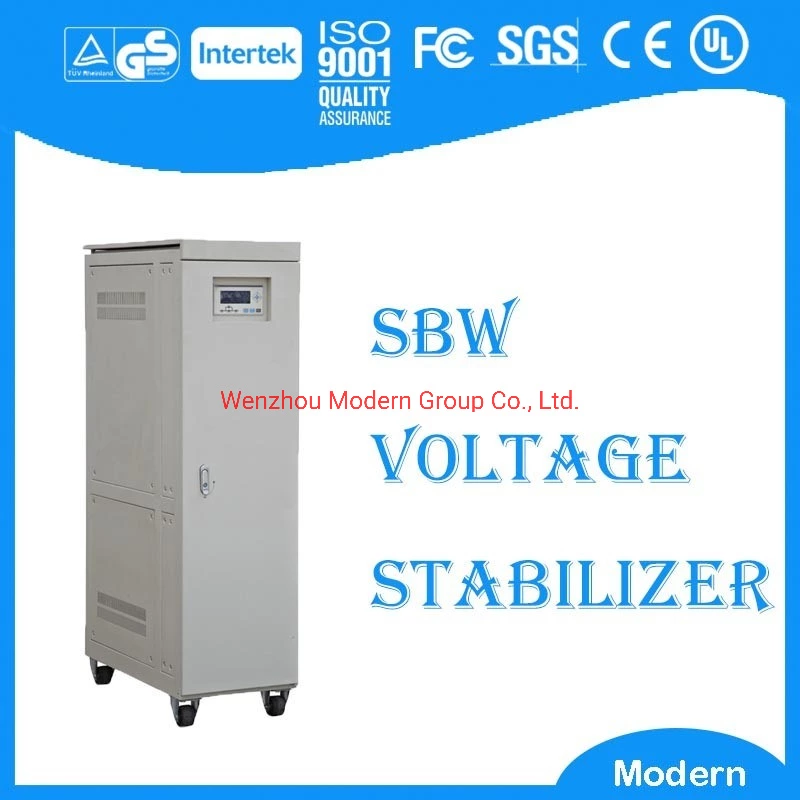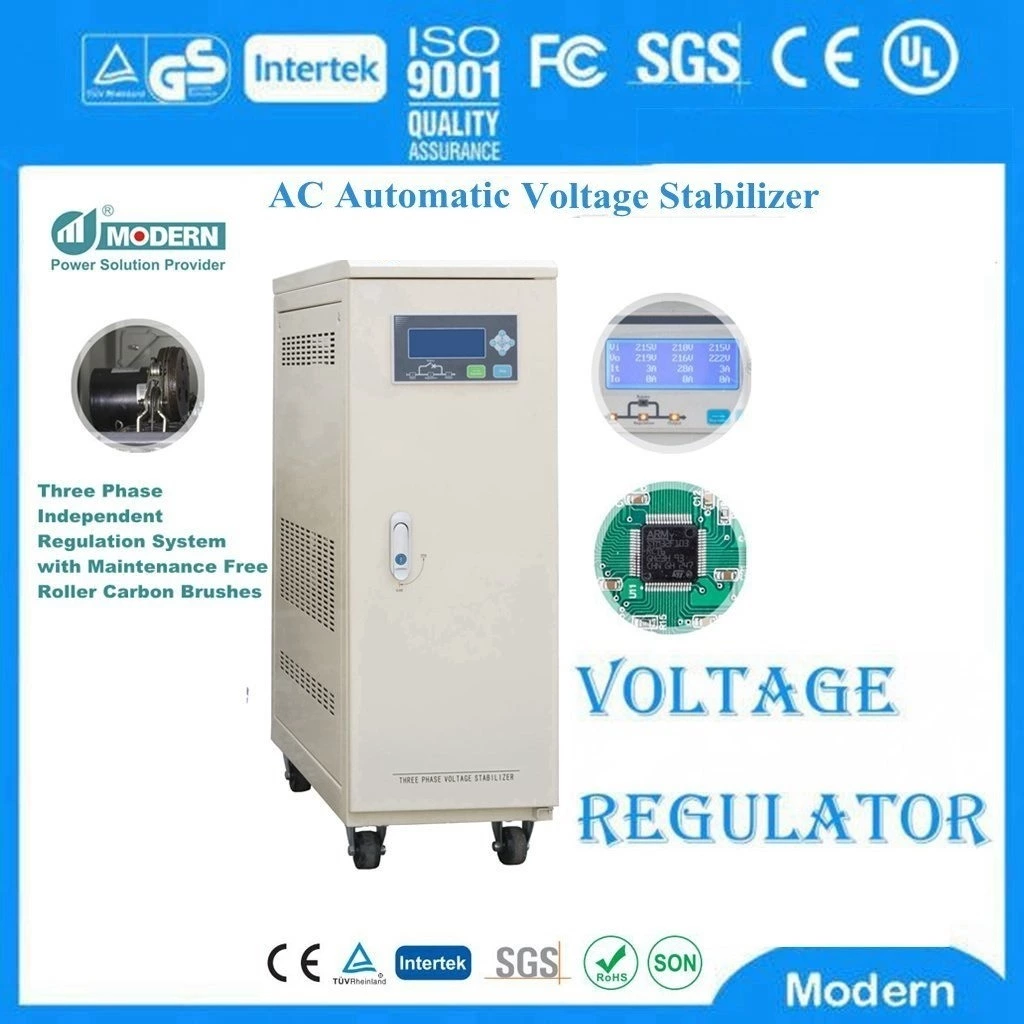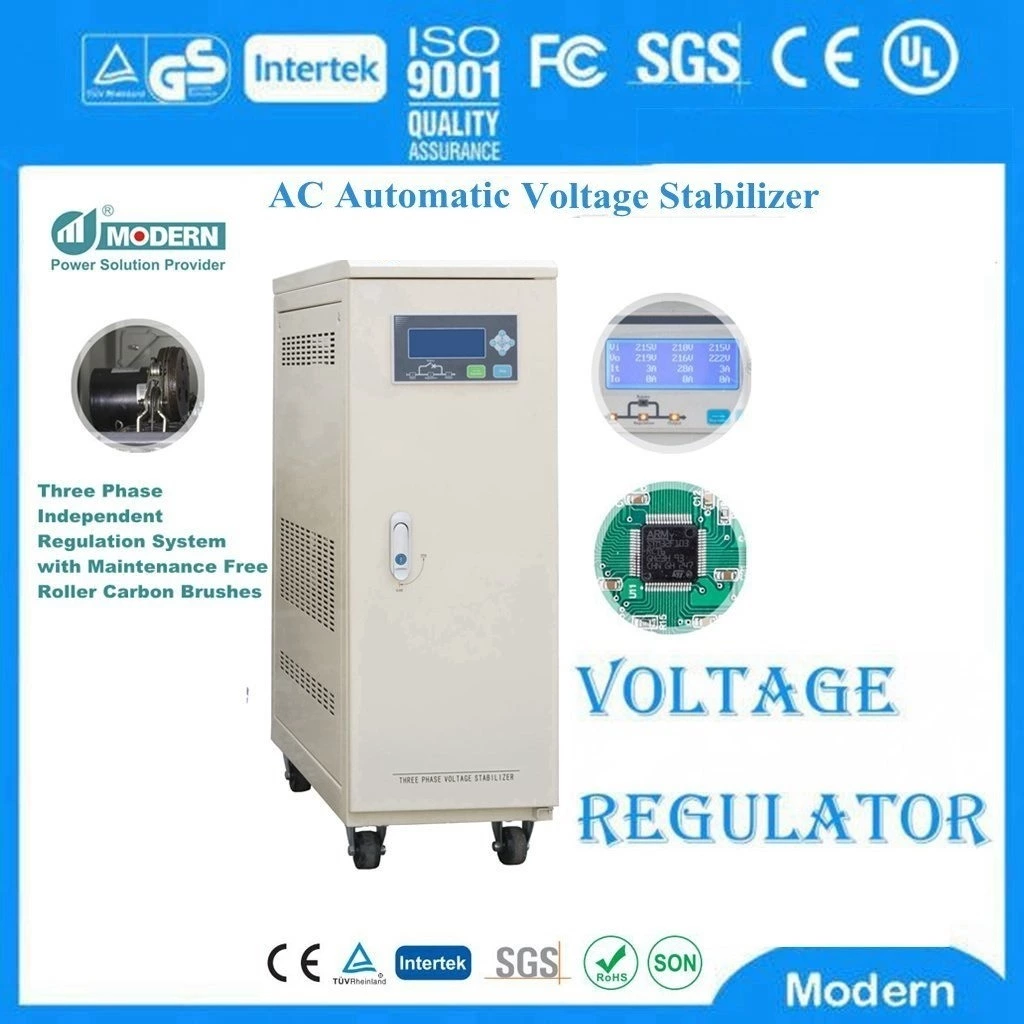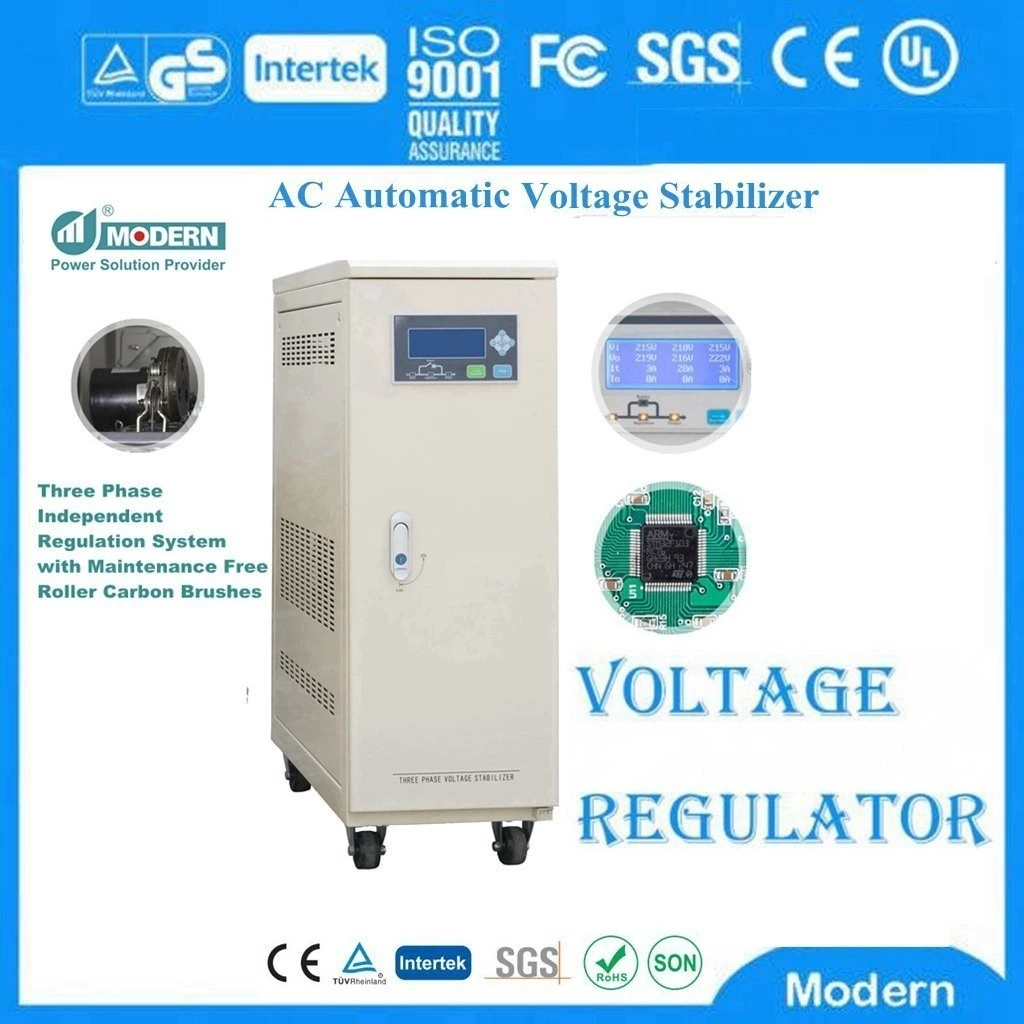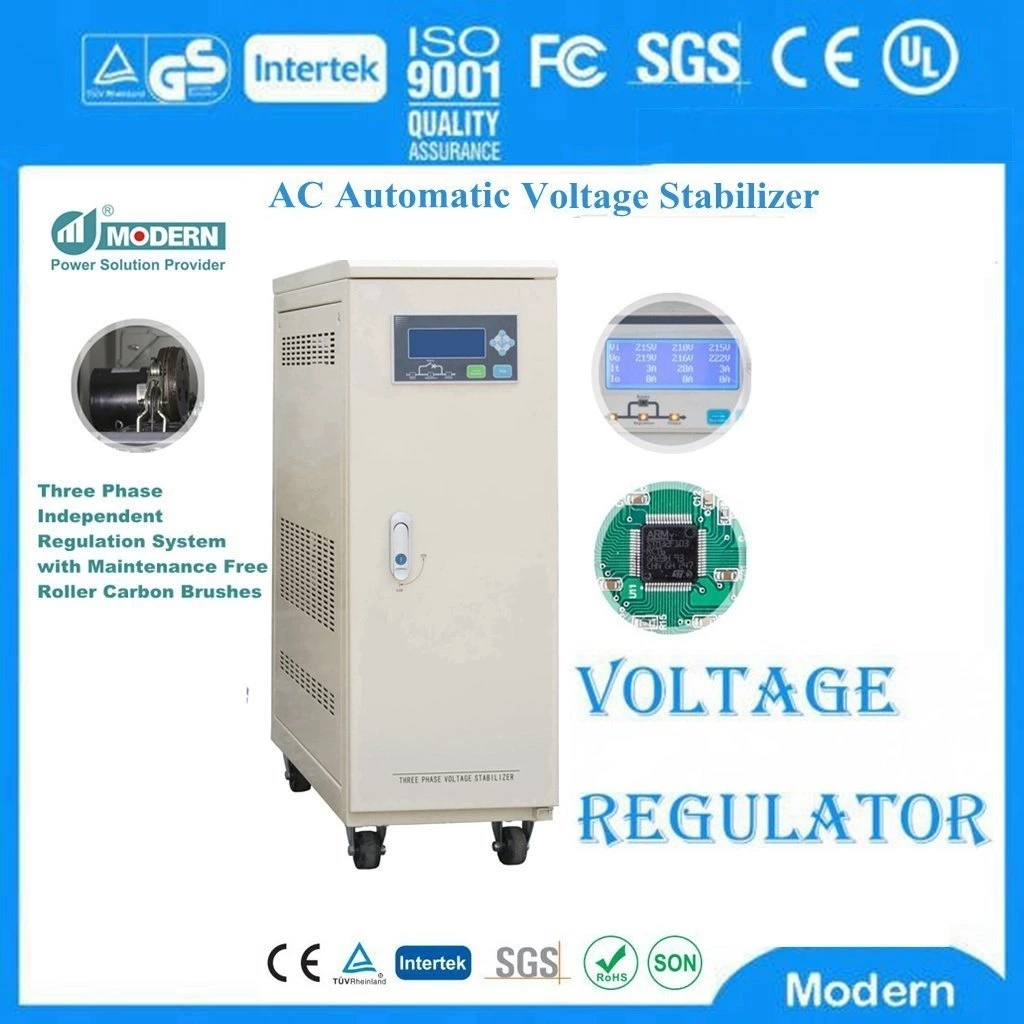Three-phase Ac Reactor
AC Reactors, also known as smoothing reactors, are mainly used on the DC side of converters and are widely used in general-purpose inverters. A DC current with an AC component flows through the reactor. Its main purpose is to limit the AC component superimposed on the DC current to a certain specified value, maintain the continuity of the rectified current, reduce the current ripple value, improve the input power factor, and suppress the harmonics generated by the converter.
The DC reactor is connected in series to each pole of the converter station. The inductance is about 0.4 to 1.0H. Its main functions are as follows:
(1) Prevent inverter commutation failure.
(2) Reduce the voltage and current harmonics in the DC line.
(3) Reduce the ripple factor.
(4) Limit the current in the rectifier when the line is short-circuited.
But it should be noted that the value of the inductance must ensure that the DC circuit does not resonate at the power frequency.
The DC reactor can increase the power factor to above 0.9. Due to its small size, many inverters have installed the DC reactor directly in the inverter. In addition to improving the power factor, the DC reactor can also weaken the impact of the power supply being turned on. If both AC reactor and DC reactor are used, the power factor of the variable frequency speed regulation system can be increased to above 0.95.

 Русский
Русский
 Français
Français
 Português
Português
 Español
Español
 اللغة العربية
اللغة العربية
